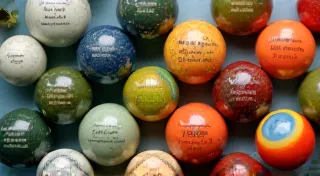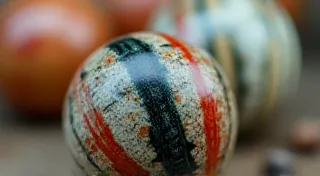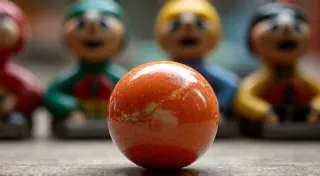The Orb and the Obsidian: Navigating the Collector's Paradox in a Sea of Ephemera
The chipped swirls of cobalt blue, the ghostly opalescence of a milk marble – these aren't merely glass spheres. They are echoes of laughter, of childhoods spent kneeling on sidewalks, of games played under summer suns long faded from memory. They are vintage marbles, tiny vessels holding fragments of a past that continues to resonate within the present. My own fascination began, predictably, with a simple find: a single, clay shooter marble unearthed in my grandmother’s garden, stubbornly clinging to the earth as if determined to remain lost to time. It wasn't particularly valuable, nor exceptionally rare. But holding it, feeling the cool weight of history in my hand, ignited something within me – a desire to understand not just the object itself, but the world that birthed it, and the hands that crafted it.
Collecting, especially when delving into the niche world of antique marbles, is more than just acquisition. It's archaeology of the ordinary. Each marble tells a story – of manufacturing techniques, of evolving trends, and of the children who cherished them. And it’s a pursuit intimately intertwined with the collector’s paradox: the fervent desire to possess and preserve something finite, while acknowledging its inevitable march toward obsolescence.
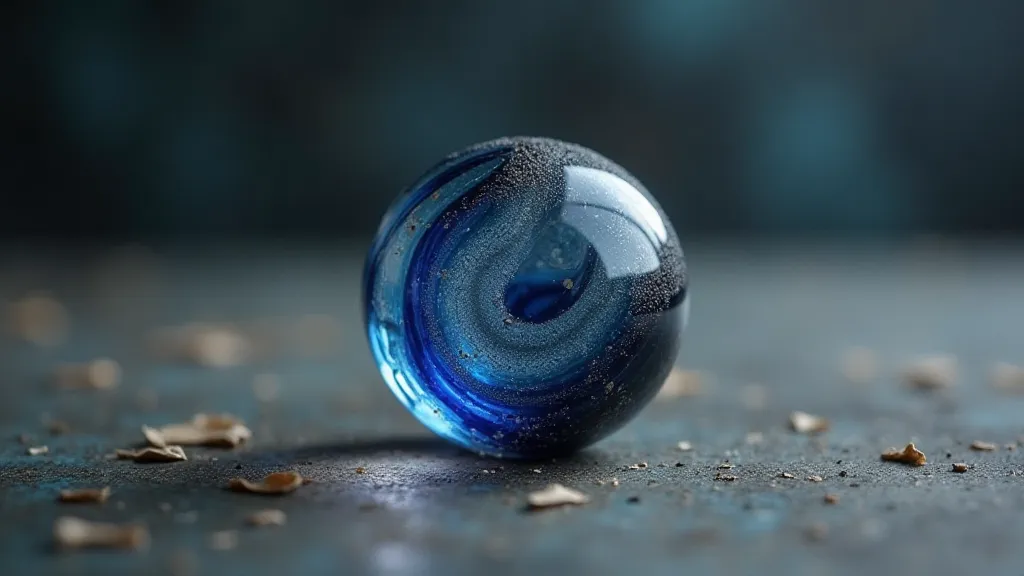
A History Etched in Glass
The history of marbles is surprisingly rich. While simple clay marbles have been found dating back millennia, the explosion of glass marble production began in the mid-19th century. Early American glass factories, fueled by burgeoning industrialization, quickly adopted marble making as a profitable sideline. These weren't the highly polished, precisely engineered spheres we might imagine. They were often irregular, slightly oblong, and full of imperfections – charming quirks that, to the modern collector, are part of their appeal. German and European manufacturers also played a vital role, often importing techniques and styles that influenced American production.
The boom continued through the early 20th century, with factories churning out millions of marbles in an astonishing array of colors, patterns, and sizes. Names like Christensen, Vitro, and Akron became synonymous with quality and innovation. The patterns themselves – steelies, cat's eyes, clown faces, and countless others – reflect the artistic sensibilities and technological advancements of their time. Just like painters wrestle with the pursuit of originality in a world saturated with images, marble makers experimented with colors, designs, and manufacturing processes, striving to create something unique and captivating. It’s a constant, silent competition, a subtle push to create something that sparks joy.
The Collector's Mindset: A Search for Meaning
My own creative endeavors often mirror the marble collector’s journey. As a writer, I find myself perpetually searching for that elusive ‘original voice’ in a landscape overflowing with words. The pressure to innovate, to carve out a niche, can be paralyzing. Collecting, oddly enough, provides a sense of solace. It reminds me that beauty and value can be found in the imperfect, the commonplace, the things that have already been created.
There's a peculiar joy in recognizing the subtle differences between seemingly identical marbles. A slight variation in color, a minute imperfection in the swirl – these details, once overlooked, become points of fascination. The hunt itself becomes a meditative practice, a way to slow down and appreciate the small wonders of the world. But the collector’s paradox looms large. Knowing that these treasures are finite, that time and circumstance are relentlessly eroding their integrity, adds a layer of melancholy to the joy of discovery. It's a constant tension: to cherish and protect, yet to accept the inevitable.
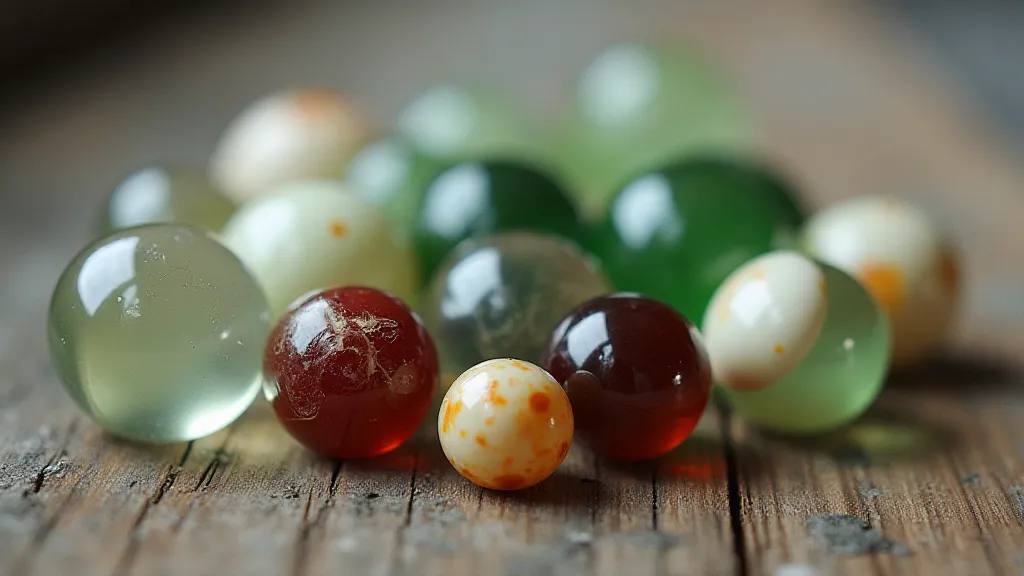
Restoration and Respect: A Delicate Balance
The temptation to ‘restore’ antique marbles is strong. A careful cleaning might reveal a brilliance hidden beneath years of grime and neglect. But where do we draw the line? Should a marble be returned to its original condition, or should we embrace its imperfections as marks of history?
I’m wary of aggressive restoration. A little gentle cleaning is acceptable, but attempts to polish away scratches or repair chips feel disrespectful to the object’s past. These imperfections are part of its story, evidence of its journey through time. To erase them would be to deny its authenticity. It's akin to over-editing a photograph – the result may be technically ‘perfect,’ but it lacks the soul of the original.
The same principle applies to appreciating the craftsmanship. Understanding the techniques used to create these marbles—the hand-blowing processes, the careful color mixing—adds a whole new layer of appreciation. Learning about the factories, the workers, and the communities that revolved around marble production provides a context for understanding the objects' significance.
Beyond Acquisition: Sharing the Story
Ultimately, the true value of collecting vintage marbles lies not just in possessing them, but in sharing their stories. To connect with others who appreciate these tiny treasures, to discuss their history and their beauty – that's where the real joy resides. It's a community bound by a shared appreciation for the past, for the craftsmanship, and for the enduring power of simple things.
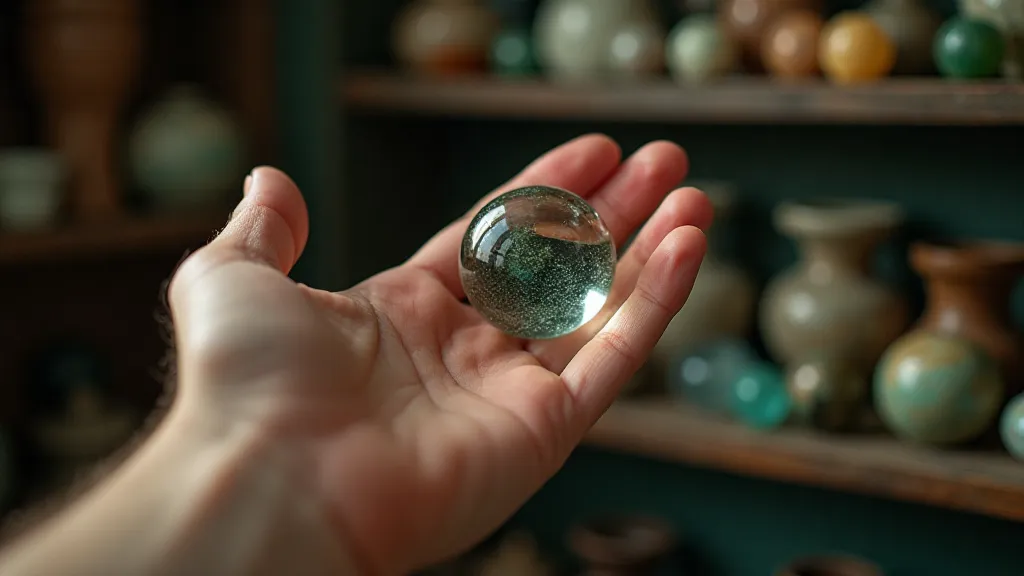
The orb and the obsidian – the smooth, perfect sphere and the dark, volcanic glass – represent the duality of the collector’s experience: the desire to hold onto something beautiful and fleeting, and the acceptance that everything, eventually, returns to the earth. And in that acceptance, there is a profound sense of peace, a quiet appreciation for the enduring power of memory and the enduring beauty of the ordinary.
